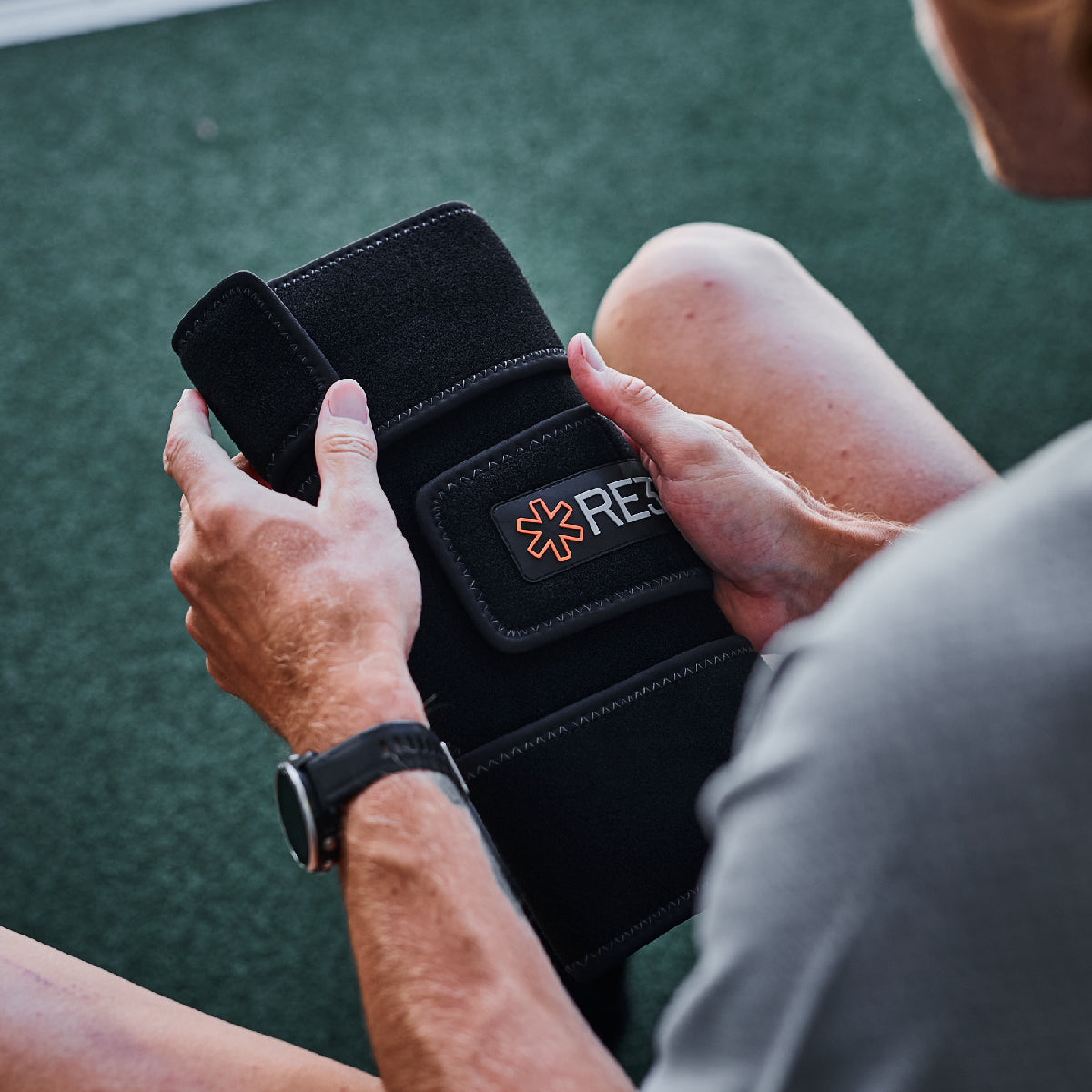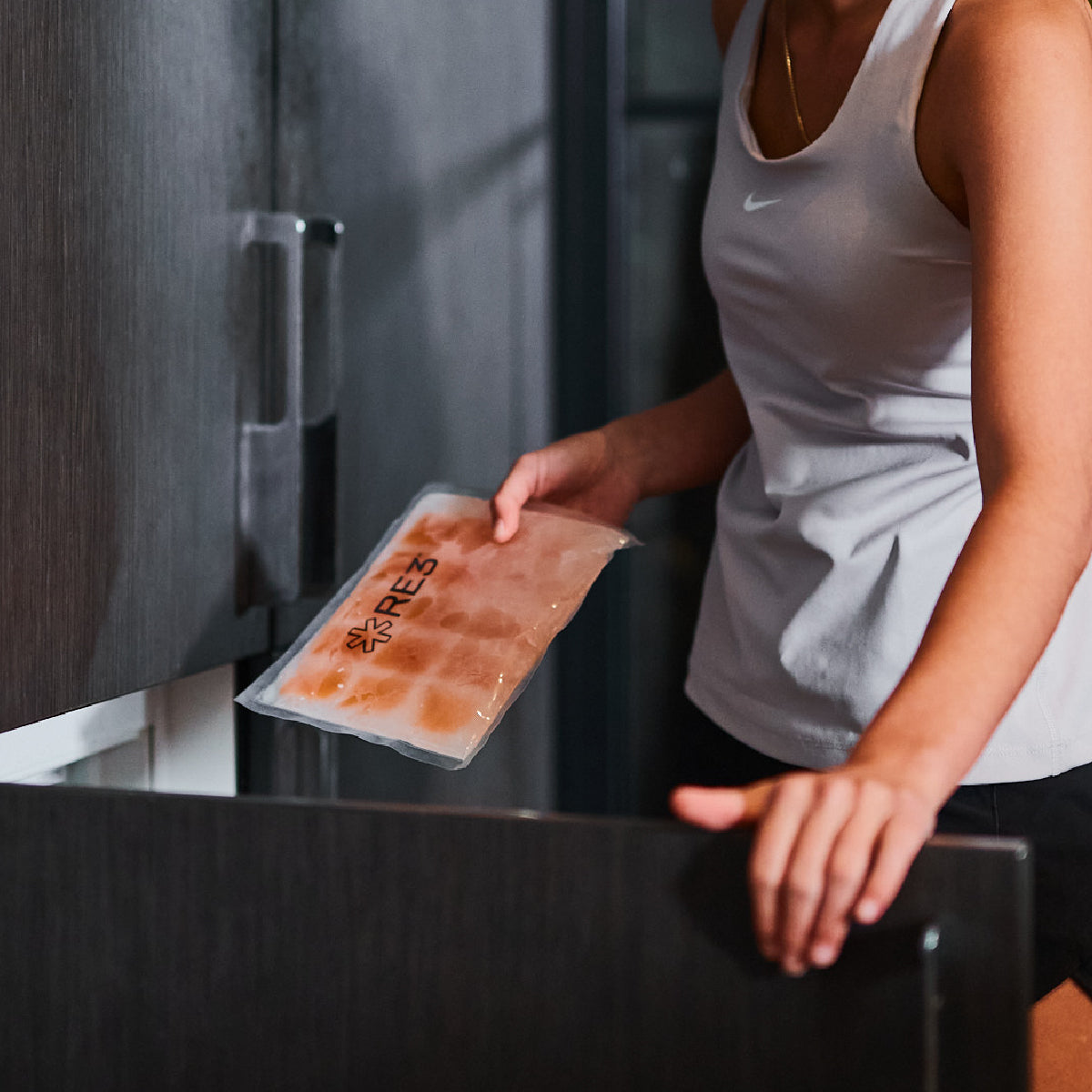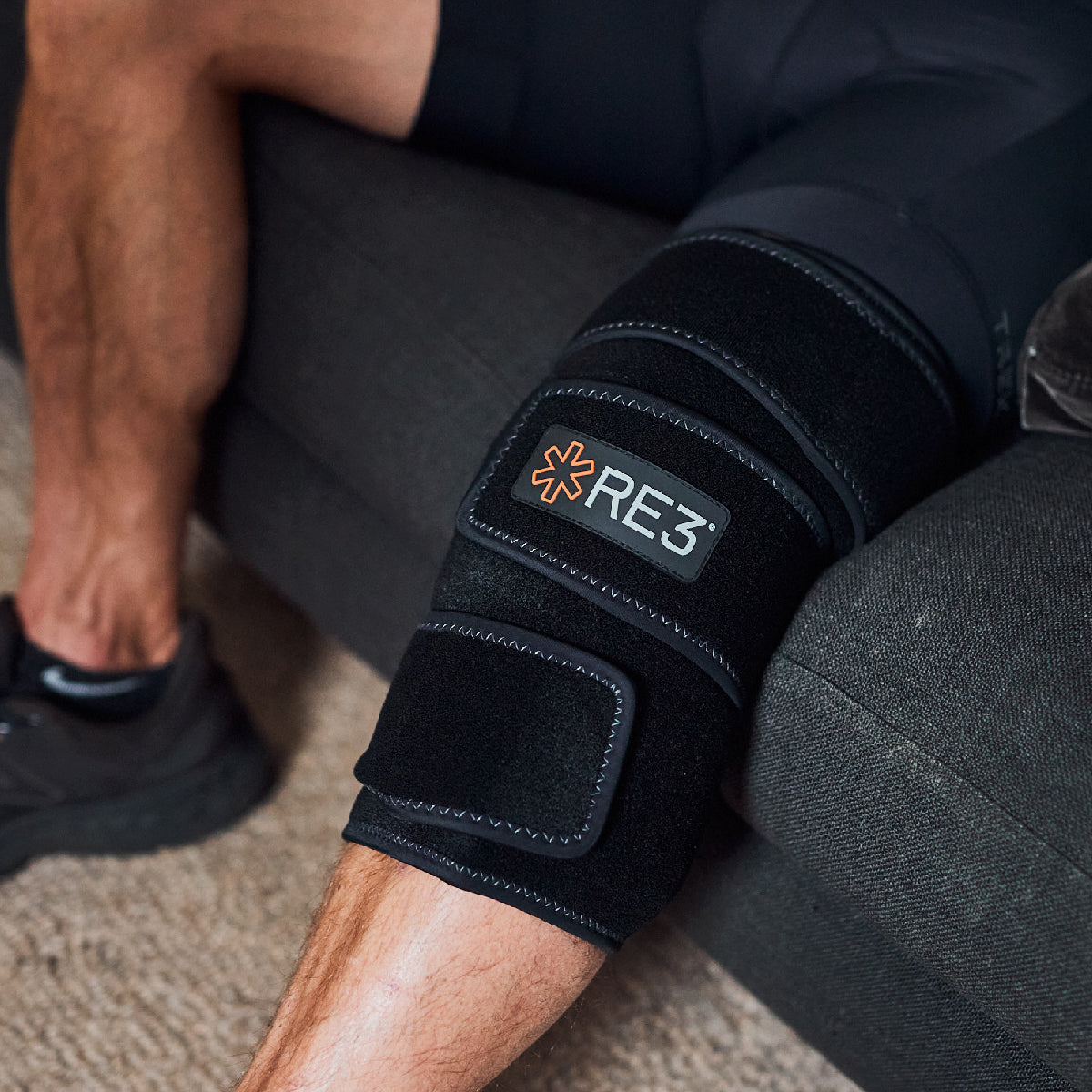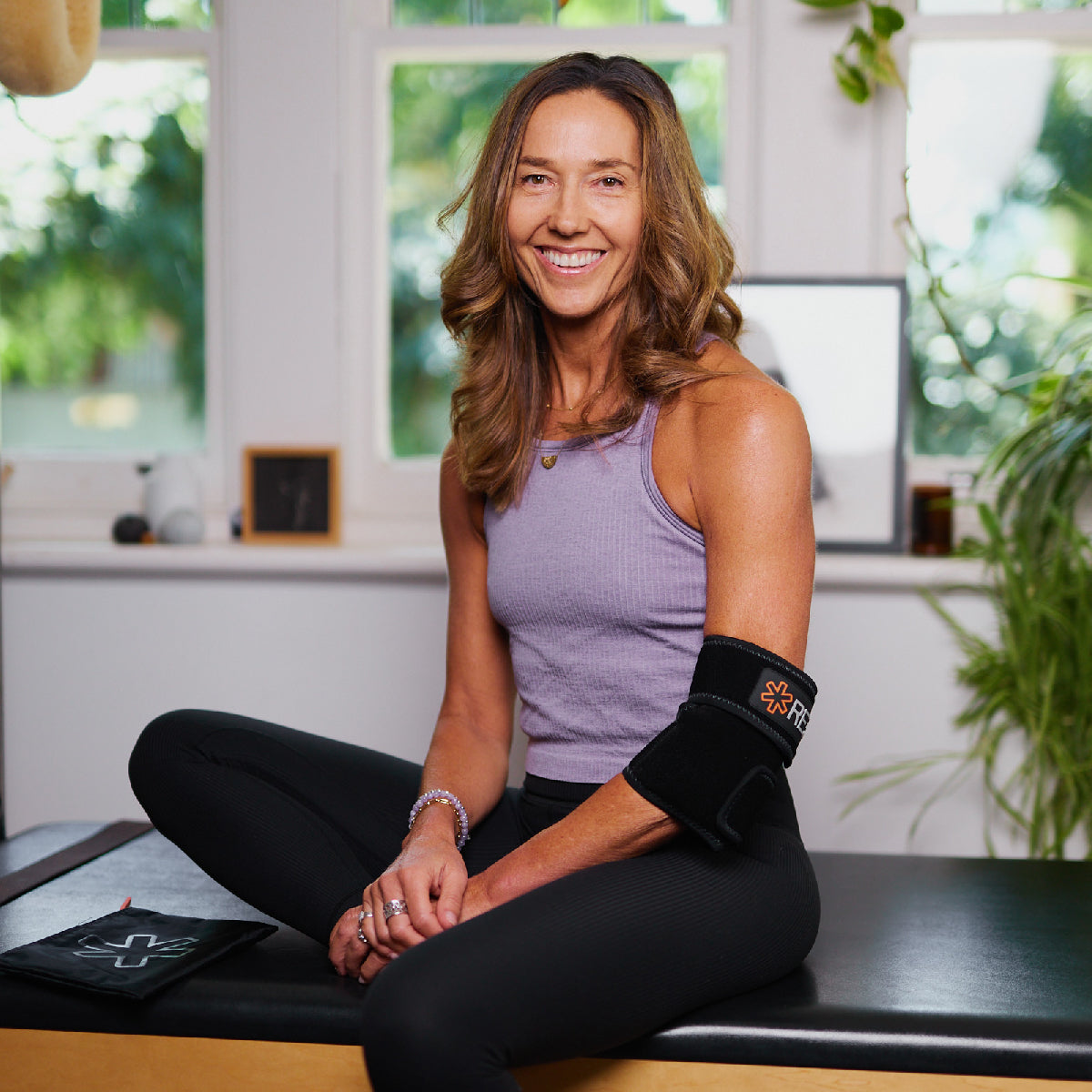The shoulder joint is the most mobile joint in the body, providing 360 degrees of motion. It’s no wonder that it’s also one of the most injured joints in the body.
Stability exercises are key to preventing a shoulder injury, stopping one from recurring, and keeping your shoulders healthy and strong.
What causes shoulder pain?
Shoulders are complex and highly mobile structures. The shoulder is made up of two joints, three main bones, a joint capsule lined with synovial fluid, as well as tendons, ligaments and muscles.
Around 20 muscles support the shoulder to turn and rotate in many directions. But this very flexibility makes the shoulder more prone to injury. Shoulder pain can be caused by:
- Injury through overuse. Athletes who make powerful, repetitive overhead movements are particularly vulnerable – think swimmers, tennis players, cricketers and netballers.
- Ageing, which leads to wear and tear in the joints, tendons and muscles. The rotator cuff loses elasticity and strength as we get older, and many people will have labral damage by the time they’re 40. (The labrum is the flexible tissue that helps keep the shoulder joint in place.)
- Osteoarthritis, where the cartilage covering the ends of bones becomes worn or damaged.
- Poor posture, prolonged sitting and sedentary lifestyles.
The main culprit for injuries is the rotator cuff. This is the group of tendons and muscles that holds the bones of the shoulder joint together and helps you raise and rotate your arm.
Did you know?
Rotator cuff related shoulder pain is the most common shoulder condition managed by GPs. This is most prevalent in the 45 - 64 year old age group.
How do you prevent shoulder injuries?
It’s possible to keep your shoulders strong, healthy and pain free. Here’s what we suggest:
- Focus on improving your posture, especially when sitting at your computer.
- If you have a desk job, take regular breaks.
- Warm up your shoulders before a workout. Start with some simple arm circles, shoulder rolls and shoulder retractions.
- Ice your shoulder for 15 minutes after exercising if you’ve had a previous injury.
- If you do a lot of swimming or tennis, consider swapping one of these workouts for a cross-training session.
- Stay in good physical shape.
- Commit to simple shoulder exercises to help stretch and strengthen your muscles and stabilise the joints. We particularly like these shoulder strengthening exercises from the adidas Runtastic team and these scapular stabilisation exercises from Heathline.
Shoulder pain is common and can occur for lots of reasons. But with a few simple steps and regular shoulder stability exercises, you can leave pain in the past.
Sources
https://www.betterhealth.vic.gov.au/health/conditionsandtreatments/Shoulder-pain
https://www.healthdirect.gov.au/shoulder-pain
https://www.runtastic.com/blog/en/pain-free-shoulder-exercises-strengthening/
https://www.ncbi.nlm.nih.gov/pmc/articles/PMC6957186/#:~:text=Shoulder%20pain%20is%20the%20third,all%20GP%20encounters%20%5B1%5D





